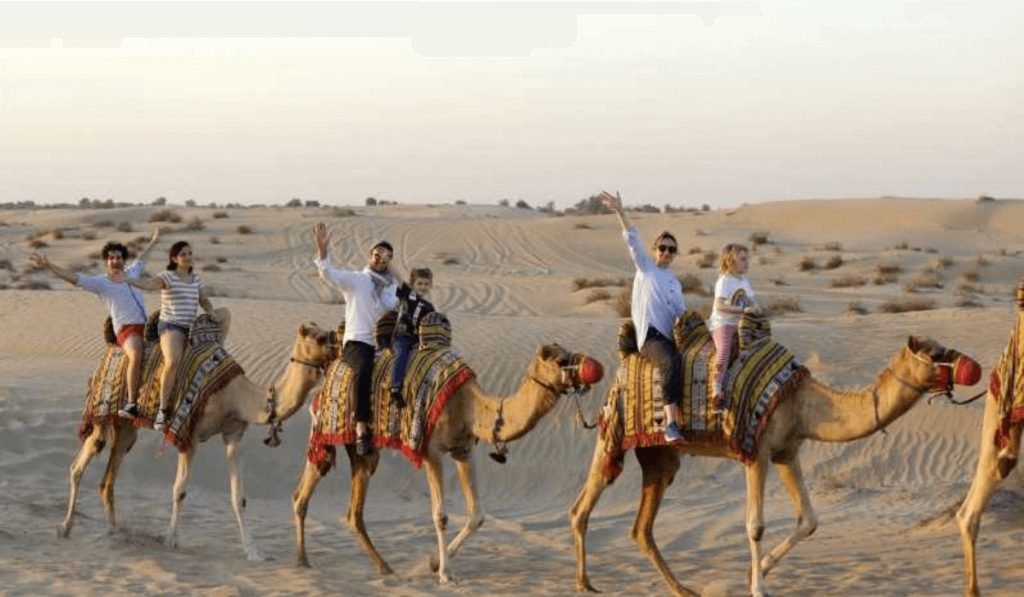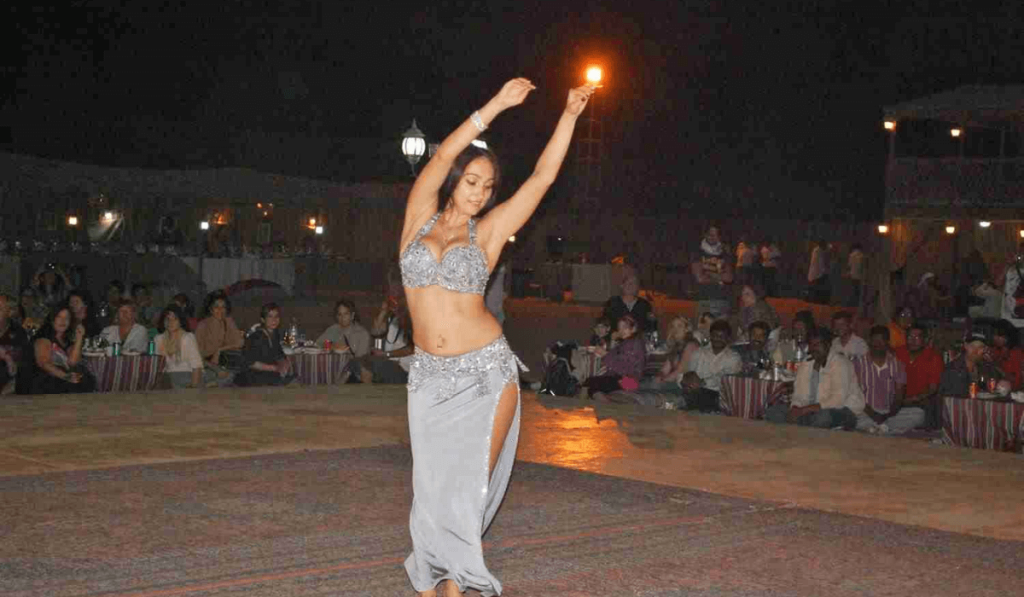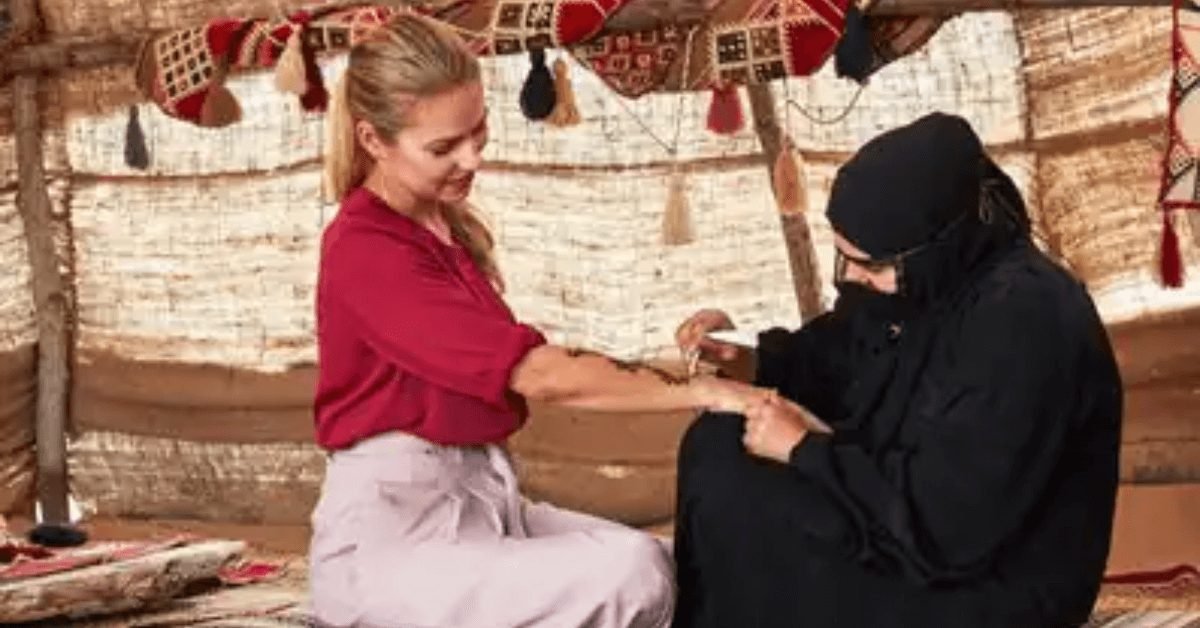Desert Safari Dubai offers a unique opportunity to immerse oneself in the rich cultural heritage of the Arabian region. From Bedouin folklore to henna art, the desert safari experience is a treasure trove of captivating cultural experiences that take you on a journey through time. Let’s delve into the various cultural aspects that make a desert safari in Dubai an unforgettable adventure.
Desert Safari Dubai is a thrilling excursion that takes visitors on an exhilarating ride through the vast Arabian desert. It allows people to witness the awe-inspiring beauty of the dunes while also providing an opportunity to explore the region’s cultural heritage. While the adventure aspect of the safari is undoubtedly exciting, it is the cultural experiences that truly set it apart. These experiences offer a glimpse into the traditional lifestyle, folklore, arts, and cuisines of the Arabian people.
Bedouin Folklore
The desert has been the home of the Bedouin people for centuries, and their culture and traditions still resonate strongly in the region. During a desert safari, visitors have the chance to witness the warmth of Bedouin hospitality. Bedouins are known for their genuine and welcoming nature, making guests feel like cherished members of their community. They offer a warm reception with traditional Arabic coffee and dates, symbolizing hospitality and friendship.

One of the highlights of a desert safari is the opportunity to enjoy Bedouin music and dance performances. Bedouin songs, often accompanied by rhythmic drumming, create a captivating atmosphere under the starlit sky. Guests can witness traditional dances like the “Yowla,” where performers gracefully move to the beats of traditional music.
As night falls, visitors gather around the campfire to hear fascinating stories passed down through generations. Bedouin folklore storytelling is an ancient tradition that captivates listeners with tales of bravery, love, and adventure. The stories provide insights into the Bedouin way of life, their connection with the desert, and their deep-rooted cultural beliefs.
Camel Riding and Falconry
Camel riding is an integral part of Arabian culture, and it offers a unique perspective on the desert landscape. Visitors can experience the gentle swaying motion of these magnificent creatures as they traverse the golden sands. Riding camels allows guests to connect with the Bedouin way of transportation and gain a deeper appreciation for the challenges faced by desert nomads in ancient times.
Another cultural experience related to desert safaris is falconry, an age-old Arabian sport. Falcons are revered birds in Arab culture, symbolizing strength, agility, and freedom. During a desert safari, guests can witness skilled falcon handlers showcasing the remarkable bond between humans and these majestic birds. Visitors may even have the chance to hold and interact with the falcons while learning about their training and hunting techniques.
Traditional Arabian Cuisine
Arabian cuisine is renowned for its rich flavors and aromatic spices. During a desert safari, guests can savor a wide array of traditional dishes that showcase the culinary heritage of the region. The meal typically starts with dates and Arabic coffee, a symbolic gesture of welcome and hospitality. Arabic coffee, known as “Gahwa,” is often flavored with cardamom and saffron, giving it a distinct taste.
The main course features a variety of grilled meats, such as lamb, chicken, and beef, cooked to perfection over open fires. Accompanying these dishes are traditional bread, rice, and a diverse selection of salads and mezze. The combination of flavors, textures, and spices creates a delightful feast that leaves a lasting impression.
Henna Art
Henna art, also known as mehndi, is an ancient form of body art that holds significant cultural and religious importance in Arabian culture. During a desert safari, visitors have the opportunity to get intricate henna designs applied to their hands or feet. Henna artists skillfully create beautiful patterns using a natural henna paste, which leaves a reddish-brown stain when dried.

Henna designs vary in complexity and can feature traditional motifs, such as floral patterns, geometric shapes, and symbolic representations. These designs not only adorn the body but also carry meanings and messages. Henna art is a visual expression of creativity, beauty, and cultural identity, adding an aesthetic touch to the desert safari experience.
Belly Dancing and Tanoura Shows
Belly dancing is an enchanting art form that originated in the Middle East. It is an integral part of Arabian culture and is often performed during special celebrations and gatherings. During a desert safari, visitors can enjoy live belly dancing performances by talented dancers. The hypnotic movements, vibrant costumes, and rhythmic music create an electric atmosphere, captivating the audience.

Another mesmerizing cultural performance during a desert safari is the Tanoura show. Inspired by Sufi traditions, the Tanoura dance is a whirlwind of color and spirituality. Dancers wearing colorful skirts spin gracefully, creating a mesmerizing spectacle. The performance symbolizes the spiritual journey and the quest for divine enlightenment, providing a unique glimpse into Arabian mysticism.
Stargazing and Astronomy
The vast expanse of the desert offers an ideal setting for stargazing and astronomy enthusiasts. Away from city lights, the desert sky becomes a canvas filled with countless stars, constellations, and celestial wonders. During a desert safari, visitors can participate in stargazing sessions led by knowledgeable guides.
Guests can learn about the different constellations visible in the night sky and the fascinating stories behind them. Astronomical telescopes are often provided to observe celestial objects up close, such as planets, nebulae, and star clusters. Stargazing in the desert offers a unique opportunity to connect with the universe and appreciate the beauty and vastness of the cosmos.
Traditional Dress and Souvenir Shopping
To complete the cultural experience, visitors to a desert safari can try on traditional Arabic clothing and accessories. Dressing in traditional attire, such as the flowing white “thobe” for men or the elegant “abaya” for women, allows guests to embrace the local customs and immerse themselves in Arabian culture.
Additionally, Bedouin-style markets offer a range of souvenirs and handicrafts that reflect the rich cultural heritage of the region. Visitors can browse through stalls filled with traditional jewelry, textiles, pottery, and artwork. These unique souvenirs serve as reminders of the unforgettable cultural experiences encountered during the desert safari.
Conclusion
Cultural experiences in Desert Safari Dubai offer a journey into the heart of Arabian traditions and heritage. From immersing in Bedouin folklore and witnessing camel riding and falconry to indulging in traditional Arabian cuisine and enjoying henna art, belly dancing, and Tanoura shows, every moment is a celebration of cultural diversity and richness. Stargazing under the desert sky and trying on traditional dress further enhance the experience, providing a deeper connection with the Arabian culture. A desert safari in Dubai is not only an adventure but also an exploration of the cultural tapestry that has shaped the region for centuries.

